The handlebar is the second most important point of contact with your bike, after the saddle. Choosing a handlebar that suits your riding style and body morphology significantly enhances your riding comfort. Let’s explore the key questions to ask when selecting the handlebar that’s right for you.
Carbon or Aluminum Handlebar
Just like bikes, cyclists can choose between aluminum and carbon handlebars. Aluminum handlebars have the advantage of being more rigid in the event of a crash and are generally more affordable than their carbon counterparts. However, aluminum can feel colder to the touch during winter rides.
On the other hand, carbon handlebars are lightweight and better at dampening vibrations, offering enhanced comfort. Although they are more expensive, they are the preferred choice for competitive riders and cyclists seeking top performance.
How to Choose the Right Width for a Bike Handlebar?
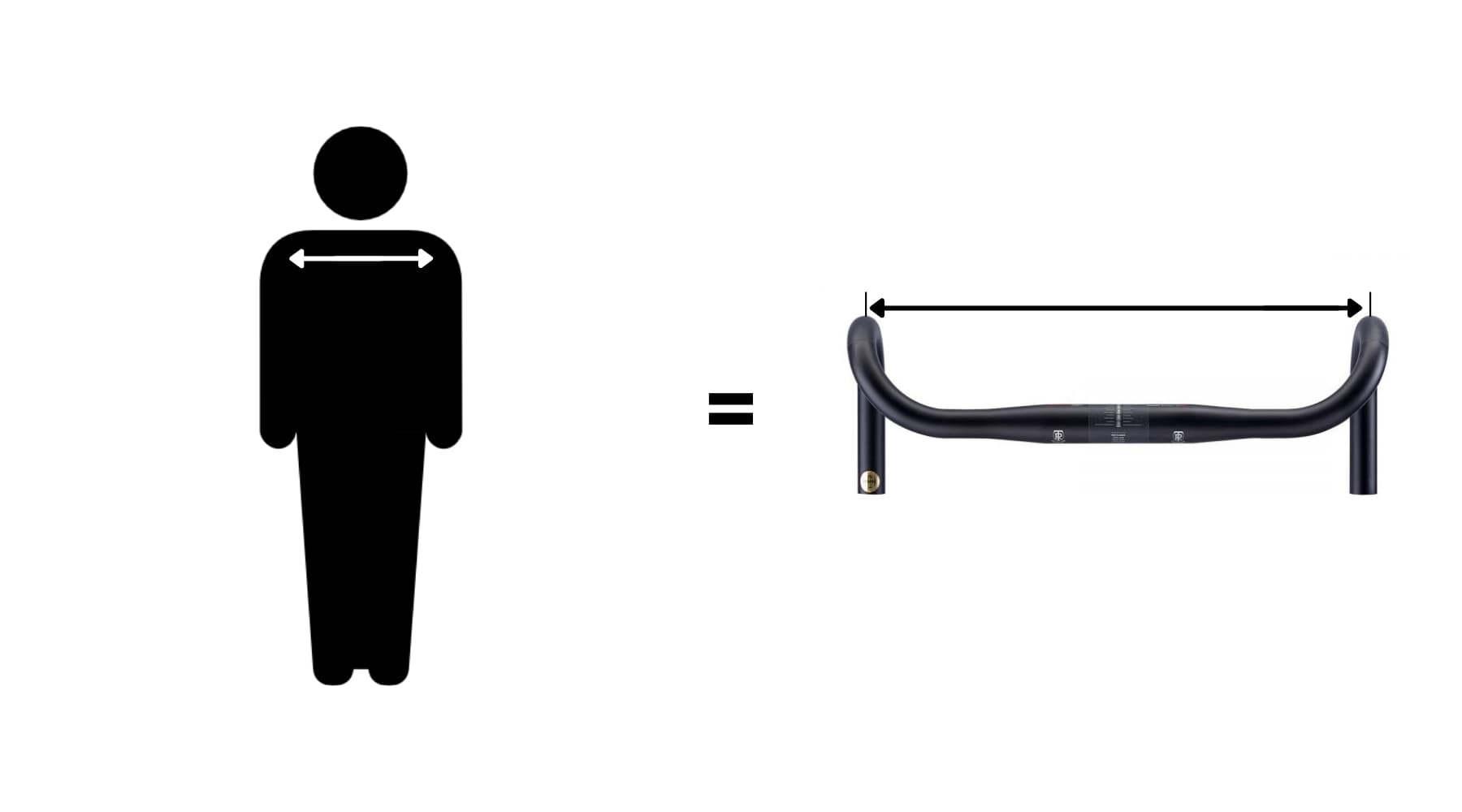
Le calcul pour déterminer la largeur du cintre idéal est très simple. Il suffit de mesurer la largeur de vos épaules au niveau de l’os. Cette mesure correspond à la largeur idéale de votre cintre de vélo de route. A partir de cette largeur, il existe cependant des géométries différentes que nous allons étudier ci-dessous.
Qu’est-ce que le drop et le reach d’un cintre ?

Once the width is determined, you can choose your handlebar model based on the reach and drop.
– Reach is the horizontal depth of your handlebar. The greater the reach, the farther your brake levers will be, resulting in a more stretched-out riding position. Conversely, a shorter reach provides a more upright and comfortable position.
– Drop is the vertical height of the handlebar. A larger drop creates a more aerodynamic but less comfortable position when your hands are in the drops. A smaller drop reduces the difference between hand positions on the hoods and the drops, offering greater comfort but less aerodynamic efficiency.
Qu’est-ce que le flare d’un cintre ?
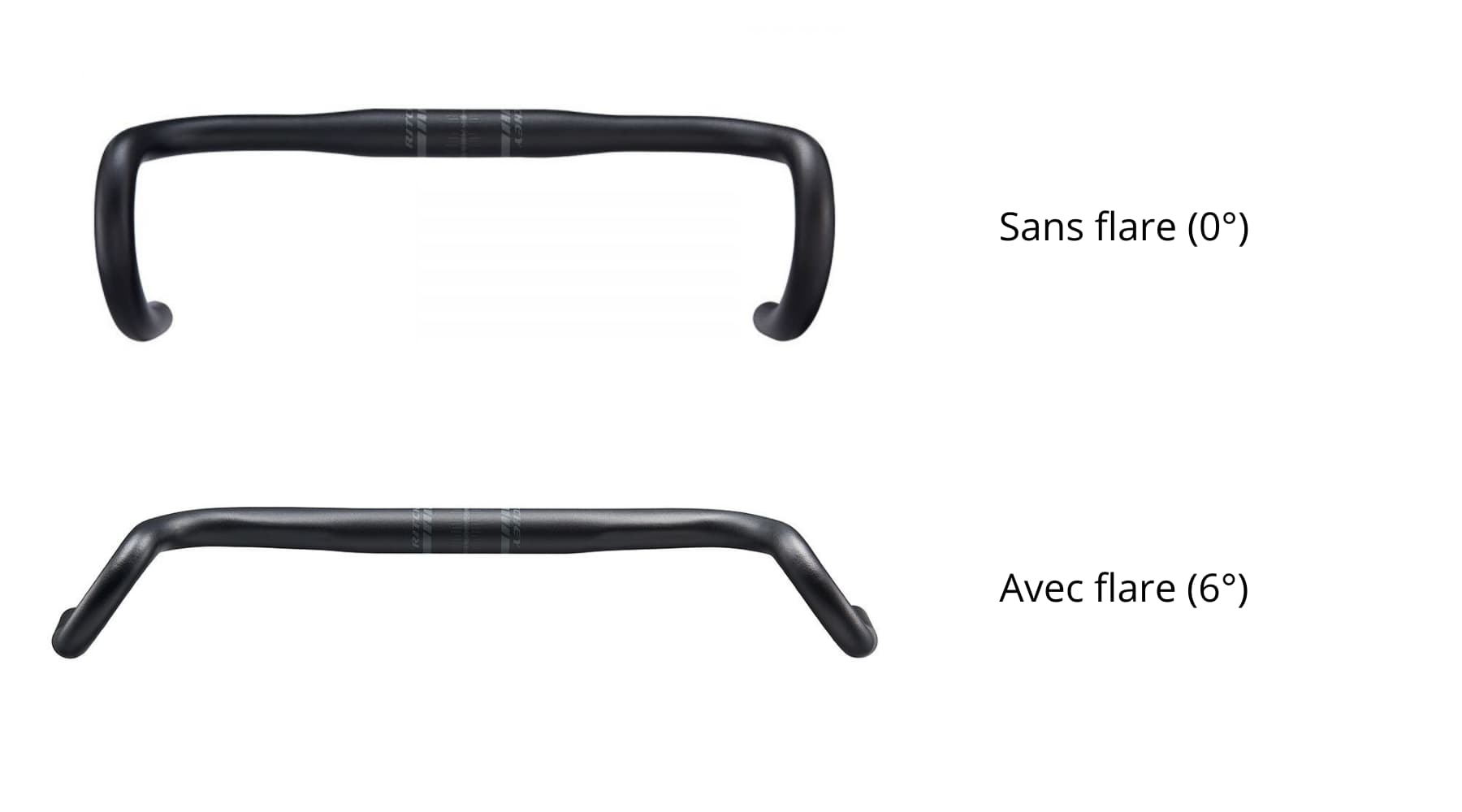
Flare is measured in degrees and refers to the outward angle of the lower part of the handlebar drops. It is very common on gravel handlebars.
A handlebar with a significant flare offers a more stable and comfortable position when riding in the drops, particularly during descents. However, this type of handlebar is wider, making it less suitable for tight pelotons where space between riders is limited. Additionally, a high flare reduces the rider’s aerodynamic efficiency.
This option is best suited for off-road adventures where stability and precision in descents are priorities.
Which Handlebar Shape Suits You?
The top tube of a handlebar can come in different shapes:
1. Round Shape: The most traditional option, providing a classic feel and compatibility with all riding styles.
2. Ergonomic Shape: The top tube is slightly flattened to better fit the shape of the hand, offering enhanced comfort for long rides.
3. Aerodynamic Shape: The top tube is flat to improve airflow and reduce drag. While this design is the most efficient for aerodynamics, it is significantly less comfortable for hand positions on the tops of the handlebar.
Choose the shape that best aligns with your riding priorities, whether it’s comfort, versatility, or performance.
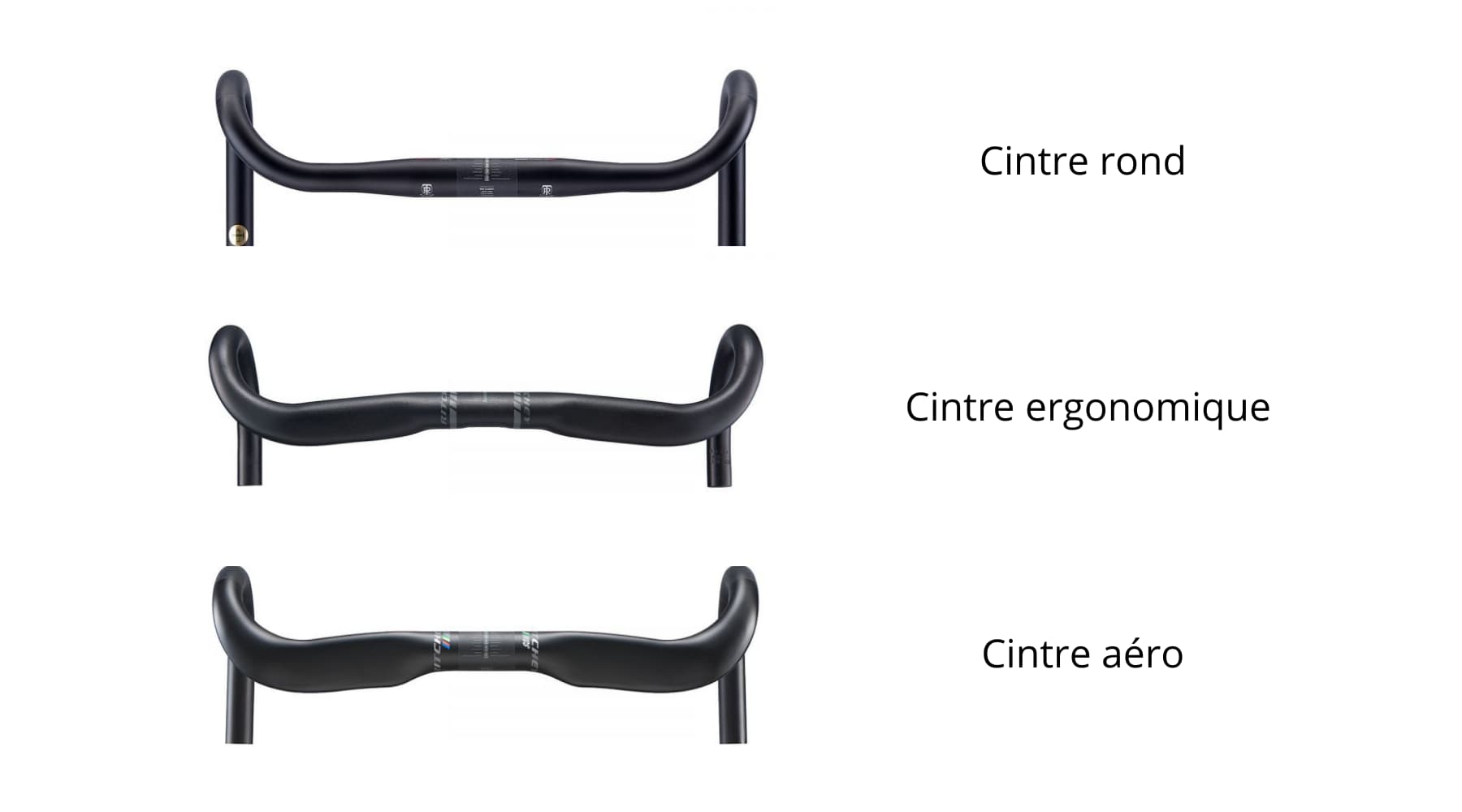
Which Handlebar Curve Should You Choose?
1. Traditional Curve: The classic round shape is still widely used but may not always provide the most comfort.
2. Anatomical Curve: Features a flatter section on the lower part of the handlebar to improve grip and comfort during long rides.
3. Compact Curve: Designed with a reduced drop and reach, this shape makes it easier to transition between hand positions on the tops and in the drops, offering better accessibility and comfort.
The choice of curve depends on your riding style and the level of comfort and control you seek.
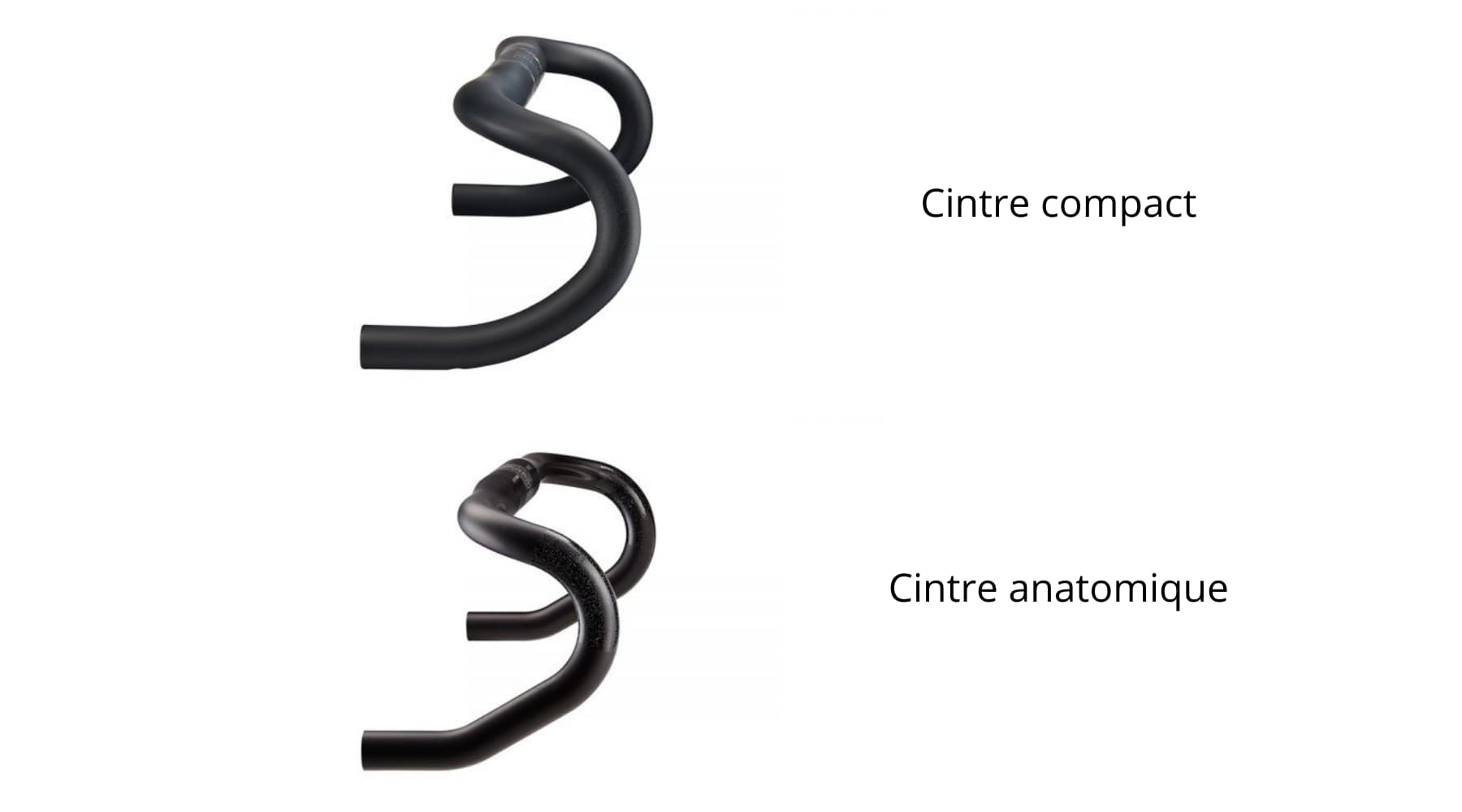
Diameter and Compatibility
It’s important to note that handlebars come in different standard diameters. For example, Origine bikes are equipped with stems and handlebars featuring a standard diameter of 31.8mm. If you’re purchasing a handlebar from a third-party site, make sure the diameter matches your bike’s stem.
Additionally, some handlebars offer internal cable routing, allowing cables to pass through the top tube for a cleaner look. This is another factor to check before making your choice.

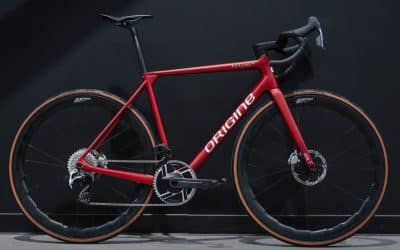
![[Guide] How to Get Started in Ultra-Cycling ?](https://cyclisthouse.origine-cycles.com/wp-content/uploads/2021/12/BikingMan-x-Origine-Cycles-1_adobespark-400x250.jpeg)
